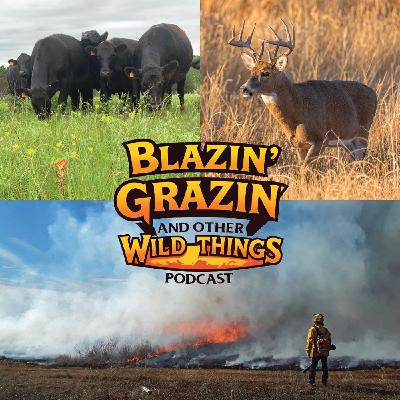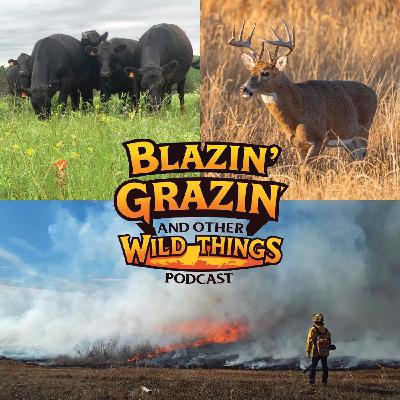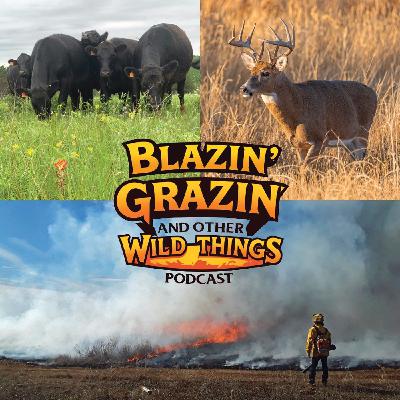Talking Turkey: Predator Control and Nest Success - BGWT 102
Description
Turkey populations are not doing as well as we would like.
Many states have noticed declines in various metrics, including poults per hen.
Oklahoma has seen similar trends, with reduced poults per hen numbers and some evidence of reduced harvest.
Five Essential Key Takeaways
Turkey populations are declining: Across the southeastern U.S., turkey populations are not thriving as they once did, prompting extensive research efforts to identify the causes and potential solutions.
Habitat changes impact turkey populations: Subtle landscape changes, such as cedar encroachment in western Oklahoma, can significantly reduce the suitability of roosting and nesting sites for turkeys.
Hen survival is crucial: Research indicates that adult female survival is the most critical factor influencing turkey population growth, as hens must survive to reproduce successfully.
Predator management is complex: While predator control can be a consideration, its effectiveness is variable, and it is often expensive and labor-intensive, making it challenging for smaller landowners.
Brooding cover is essential: Providing adequate brooding cover, which offers both food (insects) and safety for young poults, is emerging as a key habitat management strategy for improving turkey survival rates.
Find all resources at BlazinGrazinWildThings.com







